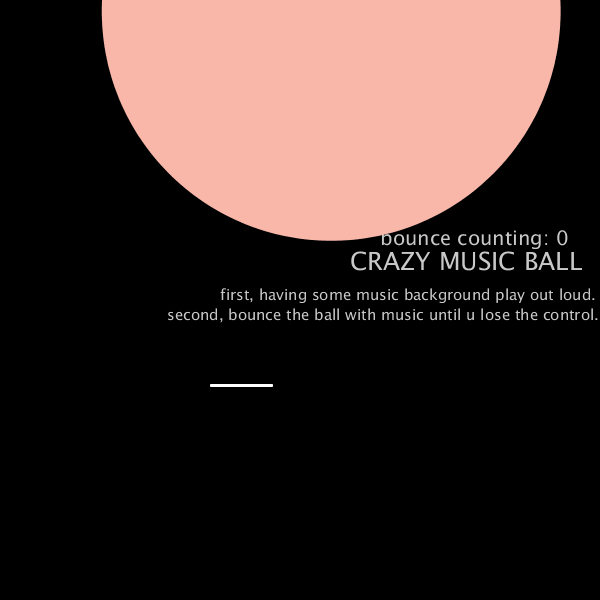To begin with, I agree that there is an “art of machines”. It is a really modern art type that cooperates with advanced technologies. There are different philosophies about machine art. There are two mainstream perspectives. On one hand, machine art could be art that composes with machines. Machinery, likey any other art tools, is a media to achieve artists’ goal. For example, in scanner art, artists chose their material that was being scanned. Moreover, they can cooperate with different techniques to make the art according to their plans. On the other hand, machine art is the art of machinery instead of artists. Artists have no control, or limited control, toward it. An example of such a view can be glitching art. Glitches on the paintings can be totally wild and out of artists’ imagination. This abstract art is created by chances and experiments. There are no rights or wrongs about these philosophies. They are only an artists’ own experience and interpretation of this new genre of art. And art itself is always personal, always controversial.
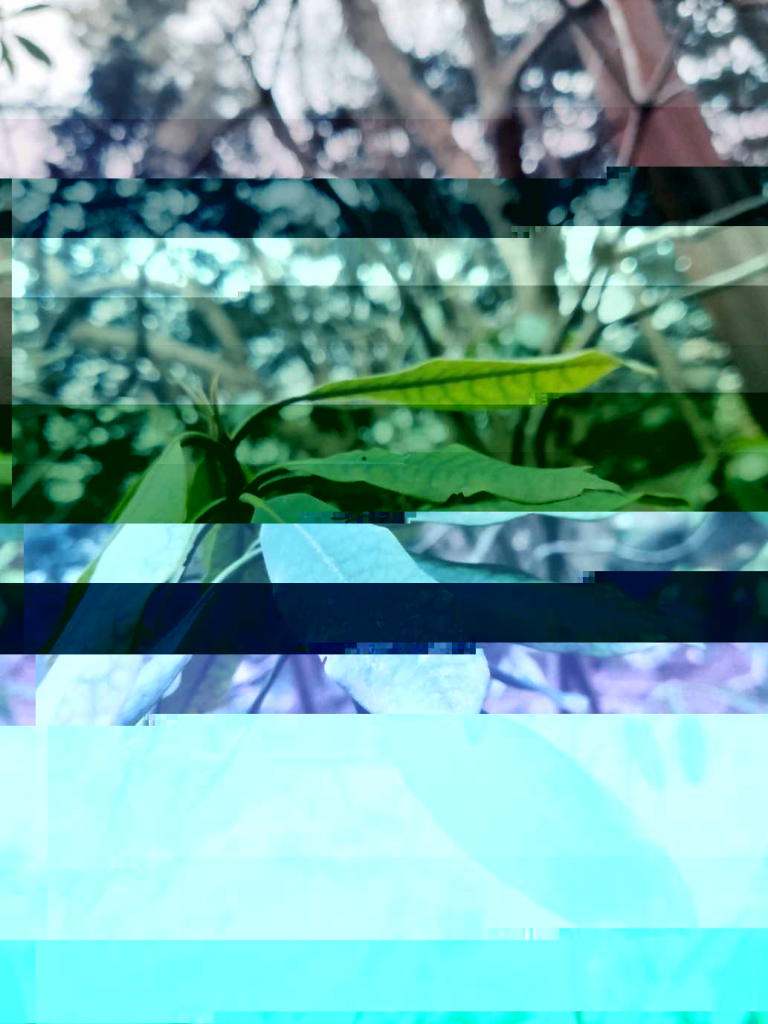
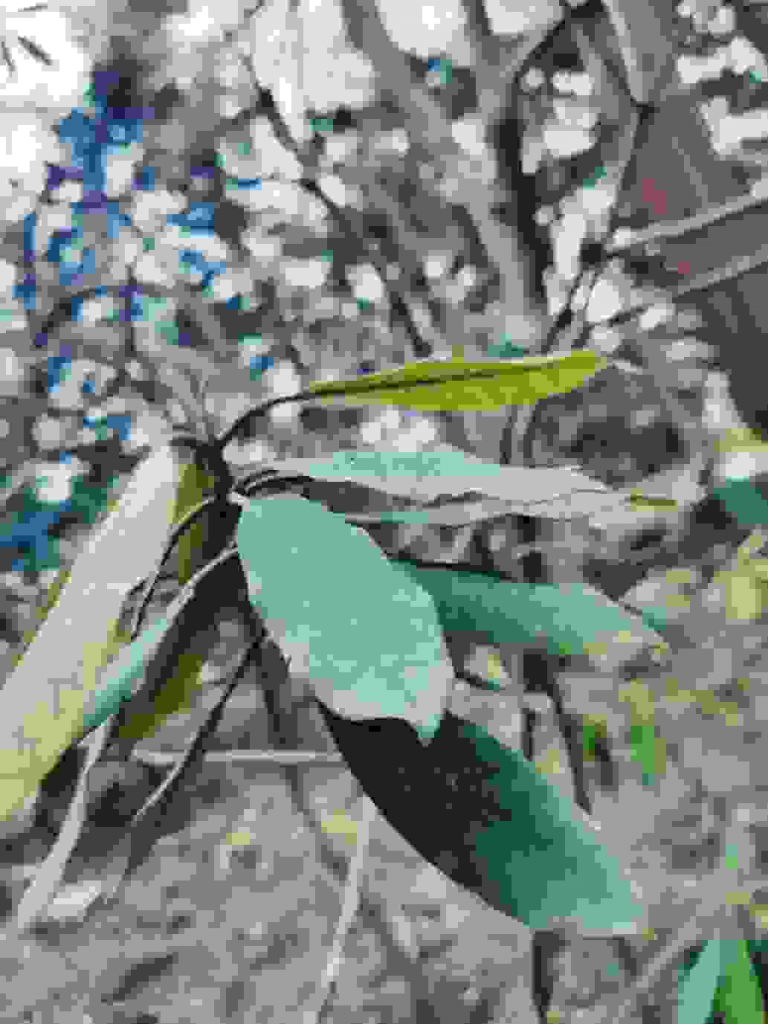

My favorite machine art project is spirograph.

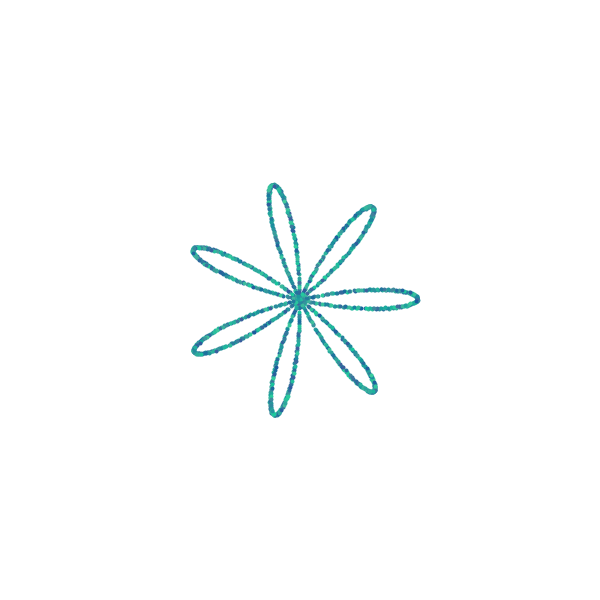
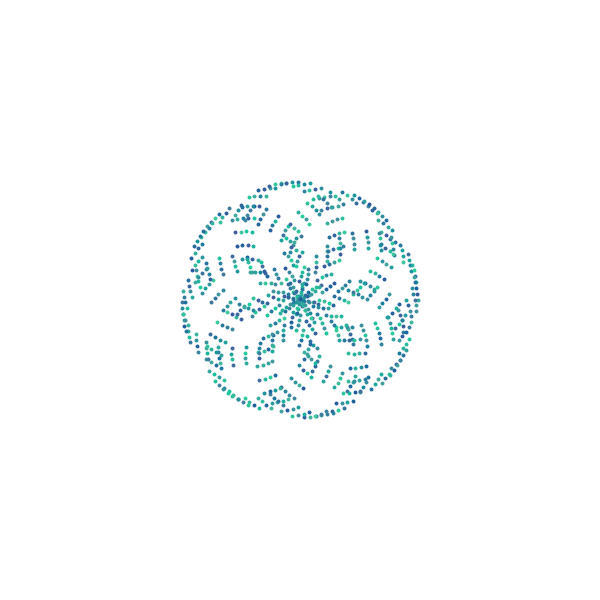
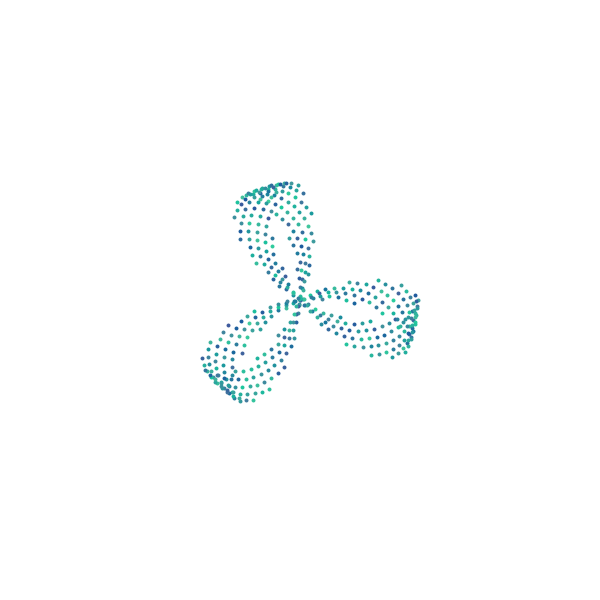

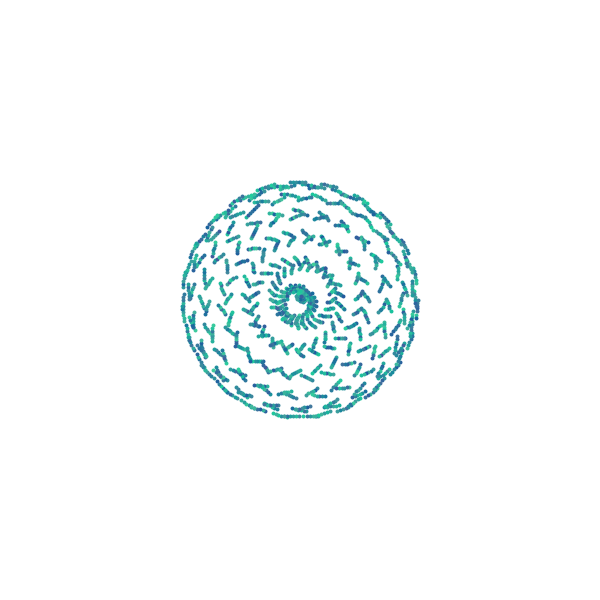
First, I did some research on spirographs. Usually, they are beautiful geometrical graphs drawn by pens with special designed gears. It is a “physical” machine art instead of digital machine art. The first difficulty in this project emerges: I need to translate this art idea from paper to code.
Fortunately, Angela shows us some different methods to approach. From these codes, I picked one as my raw template. Playing with it, I made various changes with this template until one came out and impressed me. Every discovery is somewhat random by machine but also under certain control by myself. I choose which factor to change and which style I want to go to while machinery just shows me all unexpected possibilities beyond imagination. Moreover, timing is another critical decision that affects the result of the art work directly. The machine is drawing according to the code to infinitely; in different times, the art has a completely different look. It is a process of recreation, creating from already existing art but with my own experience and interpretation.
I created around 50 pictures from the experiment. However, this is not the end of a machine art project. Because of the massive production of machines, I need to choose the “real art” among them. It is not an easy process. Some of the art pieces look similar with tiny different details. It is the time to consider compositions and color schemes. Although I had the same color scheme in this theory, I tried different color combinations and various randomness before the final decisions came out.
I use such a process to produce my art every time. In finding material, because of the limited resources, I have to find beauty in petty daily to create art. The pattern making of paper is quite interesting. It also mazed me that such an everyday object can create playful art. The whole process of machine art is playful and experimenting with randomness and surprises.

As Hiroshi Kawano believes, machine art is not only an artist using machines as media or an engineer working for art. It is a philosophy to find the balance of machine and art, to find, to create, and to recreate. It is a modern art that is worth us to understand, to learn, to dive into and to enjoy.


